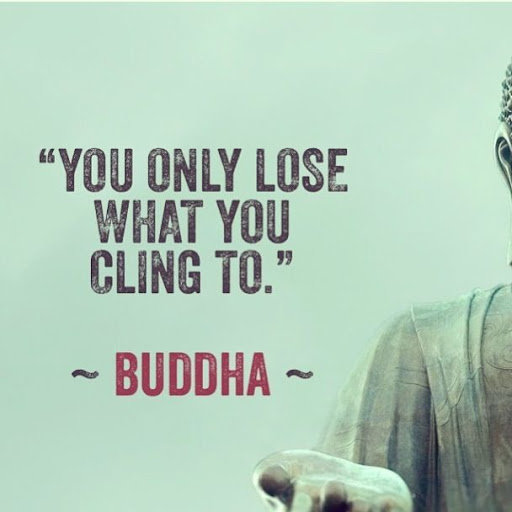
The history of Buddhism spans from way before, back in the fifth century before Christ all the way till the present time, making it one of the oldest religion in the world. The teachings were first thought to be from the Kingdom of Magadha, presently Bihar, India based on Siddhartha Gautama. It was only after his teachings got popular, did it spread around the entire region of India and throughout the whole of Asia. Throughout the years, Buddhism influenced multiple Asian countries and was characterized by its development in the various schools of thoughts and offshoots of Buddhism.
The Gautama Buddha or Siddhartha Gautama was the very first Buddha or sage that founded the teachings of Buddhism. He was recognized as the enlightened and divine teacher, who managed to attain full Buddhahood and through his knowledge, passed on his insights into the way of life, rebirth, and suffering. Gautama was born as a Kshatriya, the son of an elected chief in a clan, and his mother was a Koliyan Princess. His life was said to be destined for a prince, and he even had three palaces built to accommodate his needs. His father, despite wishing for him to become a great King, shielded him from religious teachings and sufferings in life. However, even though his father had tried his hardest to hide the truth of the world from Gautama, Gautama uncovered the truth at the age of 29 when he left the palace on a meeting with his subjects. There it was that Gautama chanced upon an old man, a diseased man, decaying corpse as well as an ascetic. The ascetic was a man who abstained from worldly pleasures, often in search for the truth about spiritual life.

After this encounter, Siddhartha decided to end his palace life in place of a mendicant, hoping to uncover the true meaning of life. It is there that he continually practiced under different teachers, mastering their teachings and moving on to something far greater. The teachings he discovered included yogic meditation and yoga before attempting to find enlightenment through worldly deprivations including food. After nearly drowning when he collapsed in a river due to starvation, he was rescued by a village girl and nursed back to health. It was only then that he acquired a concentrated focused state and decided to reconsider his path of self-awakening.
Gautama sat under a pipal tree in Bodh Gaya, India and proclaimed that he shall never leave from the tree until he discovered the truth. His companions left him while he sat deep in meditation for forty-nine whole days and it was only then that he found enlightenment. He discovered the Four Noble Truths in the world, gaining the ability to liberate himself from the endless cycle of rebirth, suffering and dying. This would eventually lead to Nirvana or the extinguishing of the fires of desire, hatred, and ignorance. It was with these ideas and knowledge that Buddha eventually taught the Dharma to others, in hopes of spreading the message across to as many people as possible.